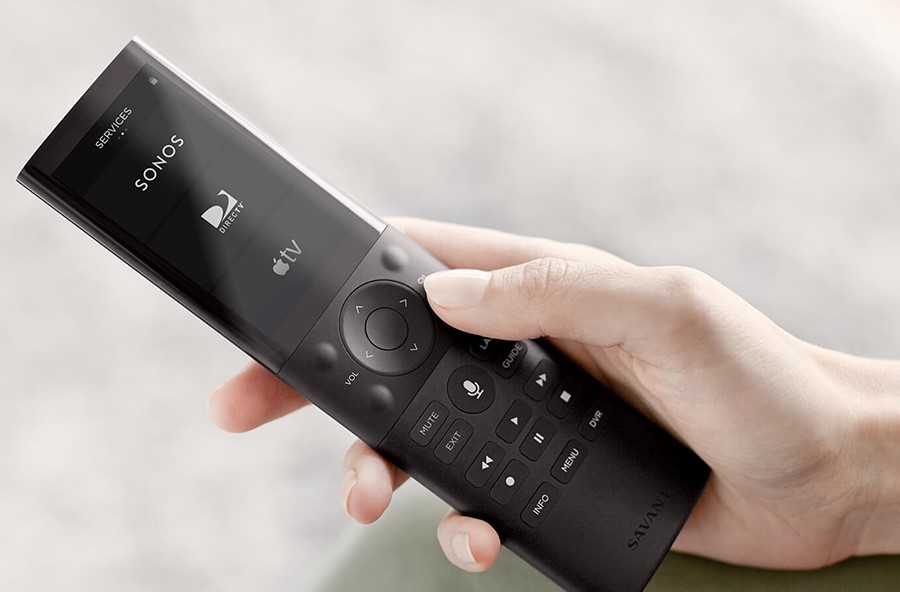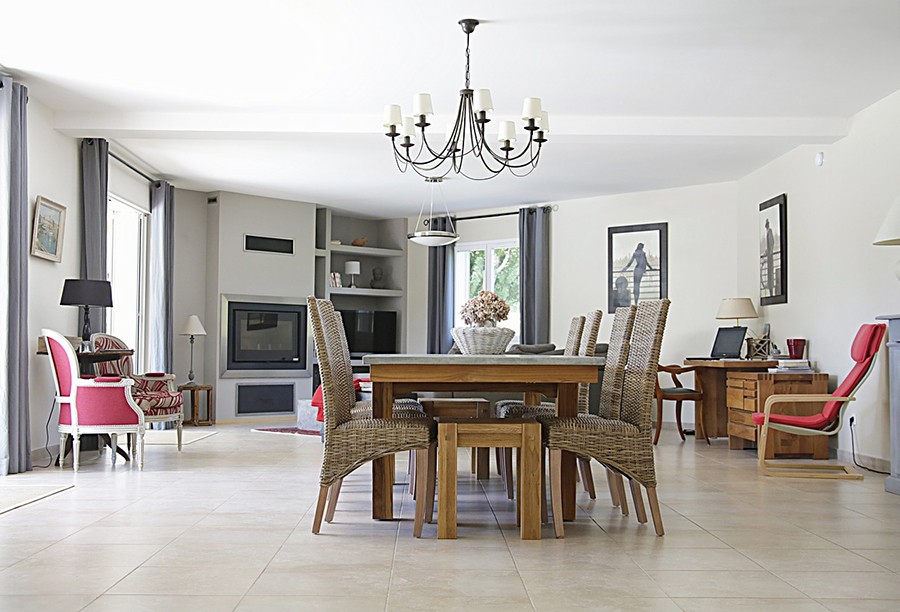There are a lot of different options out there for home surveillance cameras. How do you know which ones are right for your Colleyville area home? The answer to that question will depend on the unique aspects of your property, and DB Media Solutions can help you design the best mix of cameras for your needs, but to give you a general understanding of the differences between the most popular cameras styles, we’ve put together a brief overview below.
SEE ALSO: 5 Statistics that Highlight the Importance of a Home Surveillance System
Bullet
Often installed in the corners of rooms or entryways, bullet cameras have a limited range of visibility, but they provide an excellent image of wherever they’re pointed. This style of camera is commonly used in both indoor and outdoor environments. If you’re looking for a camera that can monitor a specific location, such as the front door or the area in front of your safe, then the bullet style is a good choice.
Dome
Dome cameras are great for areas where you need full visibility. You often see dome cameras installed in the middle of rooms so that they can take in a 360-degree view. These cameras fit easily into the ceiling and are fairly unobtrusive. Depending on your needs, you can get dome cameras outfitted for each space. So in a living room, you might opt for a high-fidelity camera that can capture footage even in low lighting conditions. For your outdoor spaces, you should go for a weather-resistant design and perhaps a camera that allows for long distance recording.
Discrete
If you prefer to keep the presence of your surveillance system unknown, then discrete cameras are the way to go. These cameras are designed to look like something else while still maintaining clear, high-definition footage. You can get cameras that look just like smoke detectors, water sprinklers, or other devices you would commonly find throughout the property.





